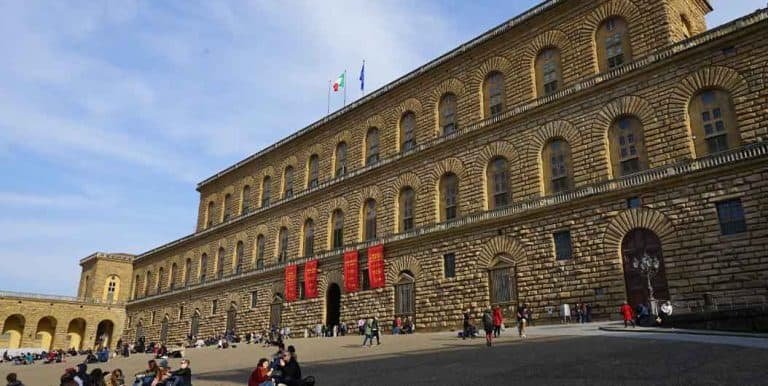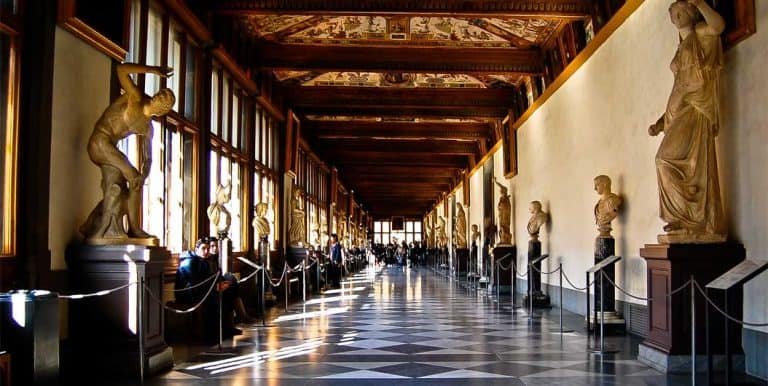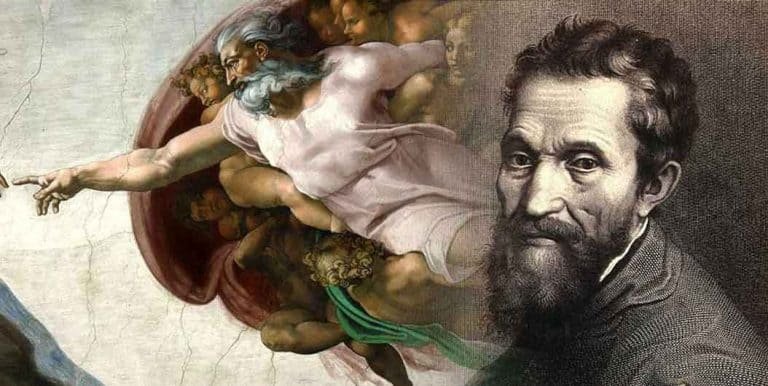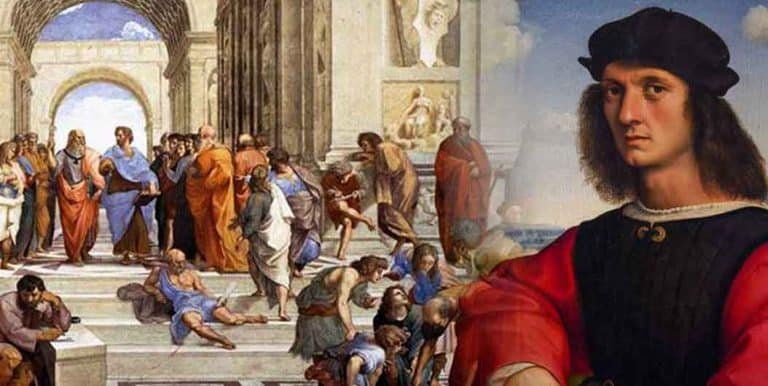10 Italian inventors who revolutionized the World
Luigi Bezzerra (and Desiderio Pavoni)
There’s nothing better than a cup of espresso to help you get up. With its distinct, robust taste, it’s loved by millions around the World.
However, its creation in the early 20th century was not a straightforward procedure. The drink was created by Luigi Bezzerra, who discovered the fastest way to make one shot of espresso in a matter of seconds. The idea of pushing steam and water through a cup of coffee straight into the cup did the trick; however, the drawback of the barista’s job was his coffee would be scalded by the splash of boiling water that was pumped into the cup.
But, a meeting with Desiderio Pagoni was intended to address the issue. Pavoni made a few modifications to the original design of Bezzerra and created a splash – and scald-free design known as Ideale. It was then displayed in 1906 at the Milan Fair. It proved to be a huge hit and was a massive hit with Italians exploring the delights of this drink.
Guglielmo Marconi
Known as the inventor of the Radio, the Guglielmo Marconi was intrigued by the idea of wireless telegraphy in the early 1890s. He began to research ways to transmit messages via telegraph without wires.
Although Heinrich Hertz had looked into the possibility of experimenting with radio waves during the late 1880s however, the real breakthrough was Marconi, who was the first to put this idea into action (considering Hertz’s original ideas). One of the essential elements of Marconi’s research, in the beginning, was a coherer, which was a detector that, upon exposure to radio frequencies, altered resistance. Together with the coherer, Marconi used a battery and an electric bell to make an alarm for storms that could start to sound when it detected radio waves generated by lightning.
As the 1890s progressed, Marconi’s work became more positive. From the radio transmitter and receiver (using the telegraphic button to trigger a bell on the other side of the room) to create the system that employed high-frequency antennas, as well as an unpowered receiver and transmitter. The second experiment was successful and could transmit signals for as far as two miles. While additional funds and research will help perfect the system, it was the first genuine, authentic wireless transmission device.
Candido Enzo Jacuzzi
Sometimes, it’s personal circumstances that lead to an important new direction for an old-fashioned invention.
It was the same with Candido Enzo Jacuzzi. He created a special whirlpool for his 15-month-old son Kenny diagnosed with Rheumatoid Arthritis. The bath was the possibility of providing pain relief to his son with the help of pumps that enabled the creation of an elongated water whirlpool. The method of hydrotherapy proved to be the perfect solution for Kenny, and it was the result that led to the first patent-pending Jacuzzi bath.
Evangelista Torricelli
Italian mathematician and physicist Evangelista Torricelli came up with the mercury barometer to be a way of helping the pump makers from the Grand Duchy of Tuscany.
The challenge for pump manufacturers was that when trying to raise water to a height greater than 12 meters, the highest height that could be achieved was just 10 meters using suction pumps.
To resolve this problem, Torricelli substituted the water with mercury, which has a density that is 13 times higher than water. To achieve the task, Torricelli constructed a meters-long tube. It was then packed with mercury before being sealed and then positioned vertically in an area containing mercury. The column’s height changes in response to changes in atmospheric pressure. So, the initial concept of the barometer came in this instance.
Leonardo da Vinci
Although he’s most well-known for his art, Leonardo still put his mind to inventing. While certain of them were successful, however, some didn’t. One of the areas Leonardo experimented with was flight, after taking an avid fascination with the idea. His concepts included early prototypes for the helicopter, as well as the design of the parachute and a massive crossbow.
Some of da Vinci’s original ideas were only realized posthumously. One of them was his concept of a bridge with 720 feet that would encompass an inlet in the Bosporus’s mouth. Of the Bosporus. The idea was first requested by the Sultan Beyazid II of Constantinople; however, the Sultan ultimately rescinded this idea on the grounds that the bridge was not feasible. However, the Norwegians strongly disagreed with this notion, and at the beginning of the new century, an edifice of a lesser scale was built, following Leonardo’s original plans.
Antonio Meucci
One of the problems when considering inventions is attributing. Who was the one who invented it?
Let’s take the telephone as an instance. Although Alexander Graham Bell is regarded as the device’s creator, how does Antonio Meucci fit into the picture?
What transpired was that Meucci came up with a method for connecting a type of voice communications between various rooms of the New York home. Then, he submitted a caveat in his patent to the US Patent Office – however, the caveat did not mention the transmission of sound by electromagnetic waves and was later recognized in Alexander Graham Bell’s patent five years afterward.
However, it is true that the Italian government has recognized Meucci as the official telephone inventor. In 2003 an official stamp for postage was issued to Meucci to honor his achievement.
Alessandro Volta
Do you remember your school days? In particular, those science classes? You might remember studying electricity, as well as the term “volt.” Who did it get its name from?
The person who was in question was Alessandro Volta, who is considered to be the pioneering creator of the electrical battery. The battery was also known as the Voltaic Pile, which was comprised of two electrodes made of opposite metals – copper and zinc – zinc serving in the role of the electrode that was negative while the copper electrode was acting as positive. When joined, they generate an electric current.
The invention of Volta was described in a written letter as evidence to the President of the Royal Society as a means of producing electricity through chemical methods, in contrast to the notion that it’s created by living creatures (a theory backed by physicists like Luigi Galvani). If you are studying sciences at your school or in college, be sure to remember the history behind the voltage!
Enrico Fermi
Enrico Fermi is a man who is credited as the first to develop a nuclear reactor.
Originating as an Italian, Fermi became a naturalized American and was awarded his 1938 Nobel Prize for Physics due to his research with neutrons as a method to induce radioactivity. Fermi, along with a team, developed the most powerful nuclear reaction. The reactor was named The Chicago Pile-1, assembled at the University of Chicago in 1942.
Bartolomeo Cristofori
The person to be credited the credit for that can be traced back to Bartolomeo Cristofori. Before he had the concept of the piano, Cristofori invented two keyboard-type music instruments, the spinettone as well as an oval-shaped spinet. It was the spinettone, a huge-scale model of the original spinet that is a form of harpsichord with slanted strings. It is thought that the invention of the spinettone came to fit into the pit of an orchestra in theatre performances.
The inventory of the 1700s of the Medici documents Cristofori’s latest invention, the Arpicembalo. It’s described as a piano that produces “soft and loud” sounds with “two sets of strings at unison pitch” creating the sound of a “soundboard of cypress without rose”. The first version of the piano became so popular to be offered to two unidentified buyers in Florence in 1711. Another was gifted to the Medici for Cardinal Ottoboni Cardinal Ottoboni in Rome.
Father Giovanni Caselli
The fax machine is more 1990s-style than it was in 2010. But don’t forget that, back in the day, it was cutting-edge technology. The most impressive part is that the original prototype of this gadget was invented in the past century.
The invention at issue was the pantelegraph, developed by Father Giovanni Caselli. After conducting extensive research on the technology used to telegraph text and images, Caselli came up with a solution that utilized electrochemical technology as well as an apparatus to synchronize that would allow the communication and receiving text as well as images. The prototype created by Caselli creates an image by using zinc foil, an electrical stylus, and non-conductive ink. It then transmits the electronic signals using an extended telegraph line received by a second electrical stylus, which prints blue dye ink on white paper, thus reproducing the image and creating a copy of the original. This wasn’t bad for 1856. When Caselli finally brought his invention to Paris, Napoleon III was so impressed that he made orders for the pantelegraph to be utilized for the French national telegraph system in 1861.




